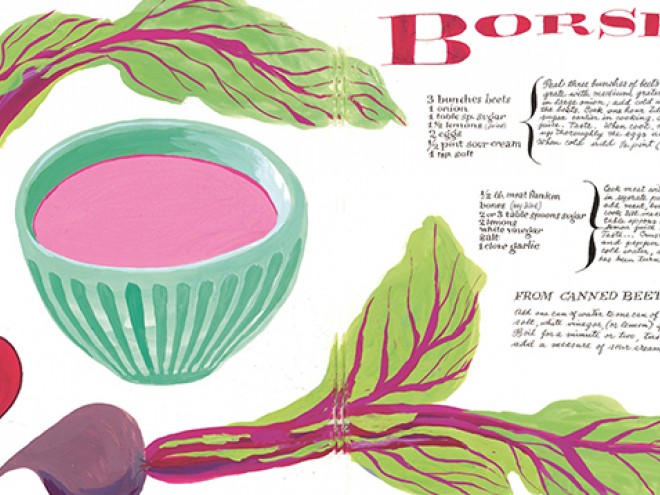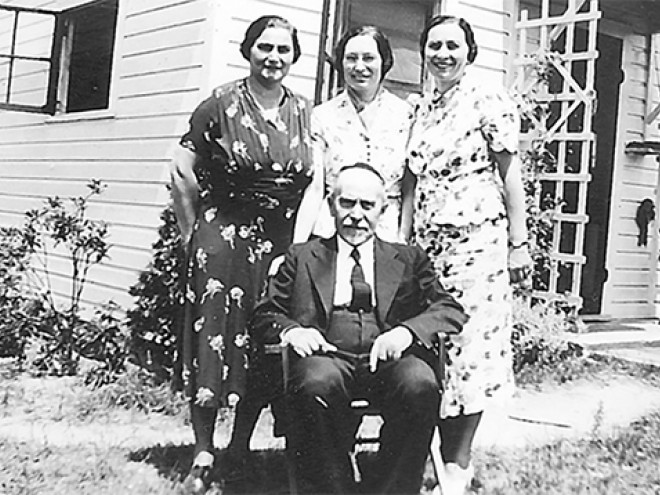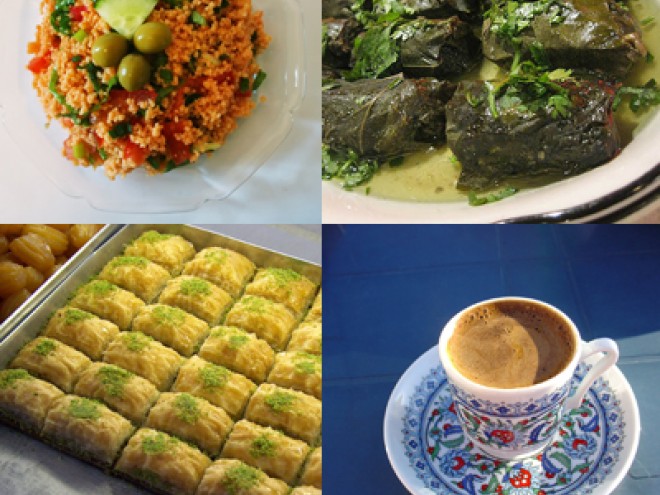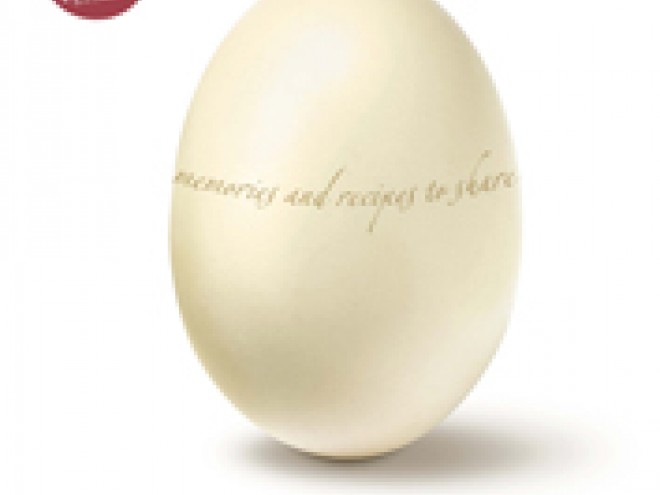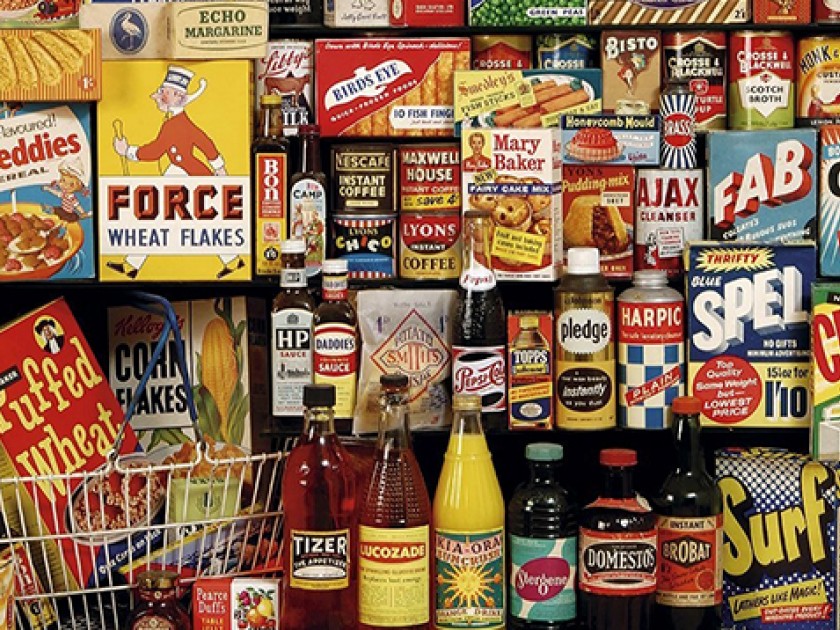
Header image via Flickr/Paul Townsend
This essay, by Sarah Rich, is excerpted from Leave Me Alone with the Recipes: The Life, Art, and Cookbook of Cipe Pineles. Cipe (pronounced “C. P.”) was one of the most influential graphic designers of the twentieth century, and the first female art director at Condé Nast. The following piece is about the innovative magazine, called Food & Drink, that she planned to launch in the 1960s.
In the early 1960s, Cipe decided to more formally and fully incorporate her love of food into her magazine work by launching a new publication entitled Food & Drink. At the time, Gourmet Magazine had been in print for twenty years, but it, along with the few other titles in the same category, targeted female homemakers. In contrast, Food & Drink would be for both men and women; it would not only be instructional but investigative and intellectual, looking at gastronomy through the eyes of some of the greatest writers of that era. The list of planned contributors included Marianne Moore, Eudora Welty, Pierre Salinger, Clifton Fadiman, and Erich Fromm in addition to food greats like M.F.K. Fisher, Elizabeth David, and Craig Claiborne. The editorial team was to be led by James Beard, along with Helen McCully, who had been the food editor at McCall’s and House Beautiful; Tracy Samuels, a Better Living magazine editor and playwright; and Cipe, whose credits at that point included Seventeen, Charm, Mademoiselle, Vogue, and others.
The team had the support of Richard V. Benson, a wealthy directmail advertising magnate who had founded American Heritage magazine and helped start Smithsonian. His introductory letter to Food & Drink began, “Dear Bon Vivants … From our ancestors’ primitive foraging for nuts and berries and wild boar, gastronomy has become one of man’s most fascinating and complex occupations. Yet, until now, there has never been a magazine which examined this field regularly, comprehensively, engagingly.”
The editorial team made an extra effort to emphasize men’s potential interest in the magazine, since it could be taken for granted that women would gravitate toward it. Another teaser for the publication, written by Beard, began, “We men like to read about food and drink as much as women do. Maybe more. But we haven’t exactly been encouraged to take a good romp through fine eating territory on the printed page. Most of the material published in magazines seems to be aimed exclusively at women. And only at certain kinds of women, at that. It’s coy and cute. Or frilly. Or dull. Or long-winded. Or meandering, with recipes as leaven for otherwise flighty essays. High time all that was changed, in our opinion. And changed it is, with the first issue of Food & Drink, the new magazine for the inner man.”
Cipe’s archives, housed at the Rochester Institute of Technology, include typed and hand-sketched pages for the first few issues of the magazine. Volume 1 was set to include a piece from mystery writer Rex Stout entitled “Nero Wolfe Cooks an Orchid” (Wolfe being the fictional protagonist of Stout’s many detective novels). Another essay asked, “Is Speed Killing Our Cuisine?” and was to be assigned to M.F.K. Fisher. “Dinner Party at our Embassy in Gabon,” would be written by Mrs. Charles Darlington, the wife of a diplomat stationed in central Africa in the 1960s. To keep things culinary, Julia Child would contribute “The Endless Possibilities of a Properly Poached Chicken,” and Craig Claiborne, the famed New York Times food writer, was writing “Chefs Don’t Eat What You Eat.” In the “service” section, the list of pieces included “Is Your Blender Sitting on Its Hands?”, “The Hot Banana,” and “Sour Cream: The Suave Touch.”
If Food & Drink had been born in the late 2000s, it almost certainly would have been Lucky Peach—a masculine-leaning, irreverent, bold-voiced magazine. Like Lucky Peach, it wanted to win its audience by running counter to what was expected of a publication in its sector. But it was the 1960s, and for whatever reason, a concept that seemed so smart, edgy, and broadly appealing never took off. Perhaps it was due to Benson’s plan to keep the magazine off newsstands and available only by mail to subscribers. Perhaps it was something else. In Cipe’s archives, there is a single-page typed letter from Food & Drink’s president and publisher, James B. Horton, addressed to the magazine’s investors. “Food & Drink, Inc., having no assets, is now considered an abandoned Corporation,” he wrote, “You will notice that we had a cash balance of $109.79 in 1963. This amount has been expended during the year 1964 on legal fees.”
With that tiny financial consideration accounted for, the promising venture dissolved, its amazing potential stored in a time capsule in Cipe’s files. Horton went on to launch Food & Wine magazine in the 1970s while acting as VP at Playboy Enterprises, but as we know, it fell in line as a magazine primarily for women, home cooks, and entertainers. Today we have a few other titles that conjure the spirit of Food & Drink, but one can only imagine what that publication would be now, had it come to life and endured for the next half century.
Sarah Rich is a writer based in Oakland, California. She is the co-editor of Leave Me Alone with the Recipes: The Life, Art, and Cookbook of Cipe Pineles. She is a former editor at Dwell, Smithsonian, and Medium; and co-founder of Longshot Magazine and the Foodprint Project.
